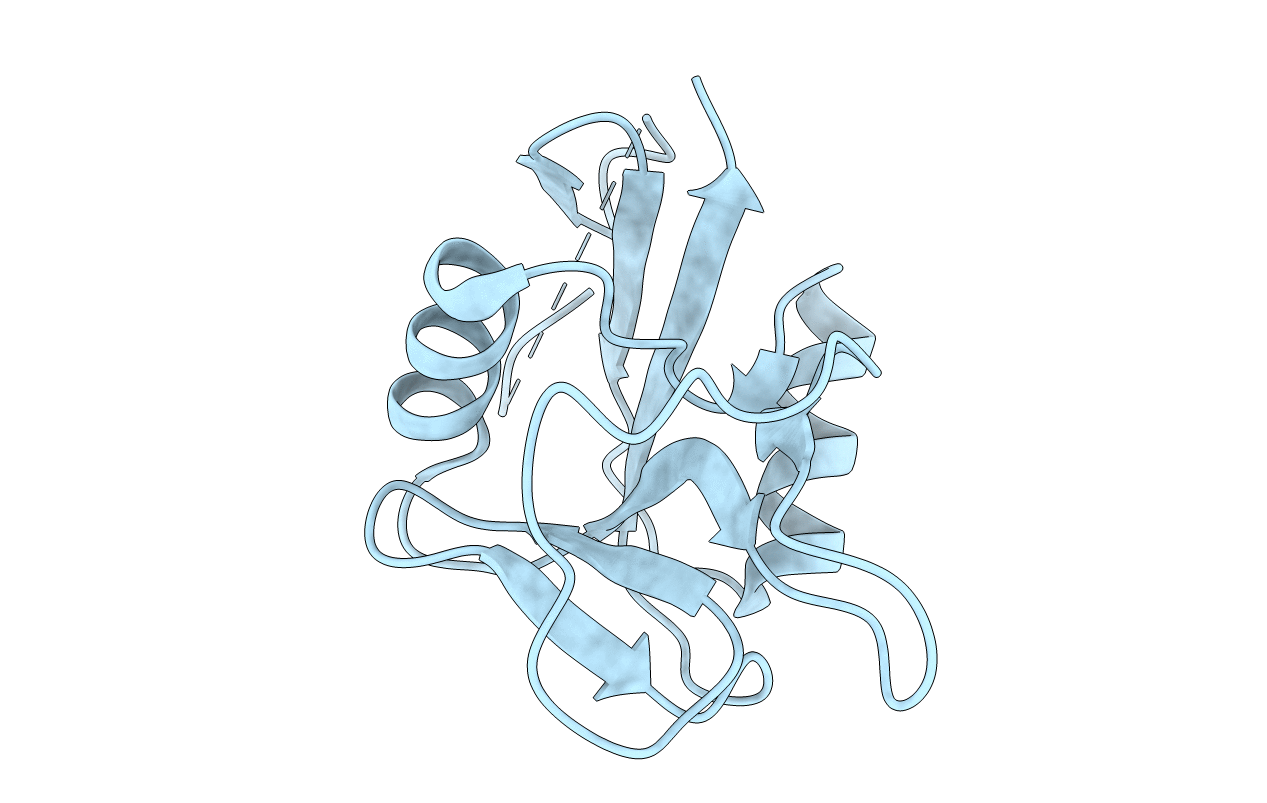
Deposition Date
2000-08-16
Release Date
2000-12-18
Last Version Date
2024-11-06
Method Details:
Experimental Method:
Resolution:
2.27 Å
R-Value Free:
0.29
R-Value Work:
0.24
Space Group:
P 31 2 1


